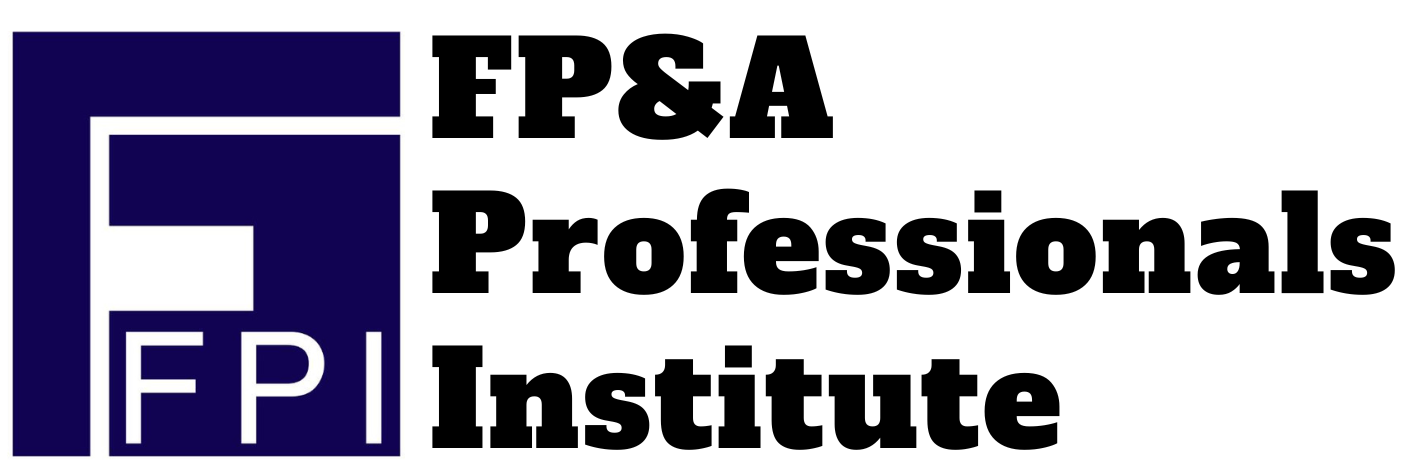
Whether forecasting outlook for next quarter or for making a long-range projection for 10 years, here are 7 proven best practices being followed while forecasting
1.Projection is not only a Finance Exercise:
While teams in finance are typically the facilitators and process owners, it is important that all projections show the best estimate of the team, business unit, department or the function responsible for achieving them. Unfortunately, in many organizations, the ownership of the projections is often transferred to FP&A.
2. Trend Analysis and Extrapolation:
Most projections for established businesses contain some element of extrapolation — that is, basing the projections on recent performance trends. Starting with recent historical statements and extrapolating trends into the future. However, this is not the best way to project performance in many cases. Many businesses are dynamic, and key variables change overtime. Extrapolation can only be used for certain areas that are stable or unlikely to vary overtime.
3. Striking a Balance between Top Down and Bottoms up:
Bottom-up budgeting starts from the lowest level in an organization and works its way up to formulate a budget. The top-down budgeting process starts from management and works down to lower-level units.The traditional budget process starts at the lowest level of revenue, costs and expenses. Other organizations operate at the other end of this spectrum, essentially dictating performance expectations for the coming year from the top. They may or may not consider fundamental drivers, changes, risks, and upsides in this process. The best solution is a combination of realistic guidelines, boundaries, and targets in the form of planning guidelines.
4. Going Beyond the numbers:
FP&A Managers should prepare a well-thought-out projection which is less detailed than the bottom-up approach and focuses attention on the most critical drivers of performance. Having the big picture in mind is more important than tiny details.
5. Identifying and Testing Assumptions:
Developing projections of any type requires the use of assumptions. Critical assumptions should be evaluated to determine a variety of potential outcomes and sensitivity.The riskiest assumptions are the assumptions that are most unknown, meaning there is little or no data collected that supports the validity of the assumption. Testing the riskiest assumption at the very start of the projection reduces the time it takes to find the biggest flaws in an idea and increase the speed at which we can find a better, more viable alternative. Much fail to recognize these pitfalls early on because they are not taking the time to quickly test assumptions.
6. Linking to Performance Management:
Performance management should be formalized through a performance management system. Firstly it is important to clearly define the objectives of the company. Secondly these objectives should be translated into strategic outcomes for the different departments within the company. Many organizations utilize Key Performance indicators (KPIs), Balanced Scorecards, and Dashboards as part of an overall performance management framework. By integrating these KPIs into the planning process we link the results to the business.
7. Scenario and Sensitivity Analysis:
Multiple scenario and sensitivity analyses provide context and insight into the dynamics of expected performance.The difference between the two methods is that sensitivity analysis examines the effect of changing just one variable at a time. On the other hand, scenario analysis assesses the effect of changing all the input variables at the same time.
Due to the rapid changes, increased uncertainty, and variability in business and economic activity, organizations should employ the above best practices that suit their circumstances in order to develop high-quality and robust projections.
